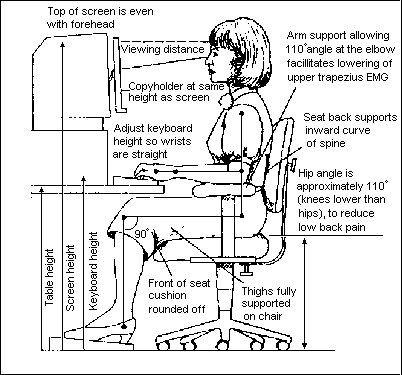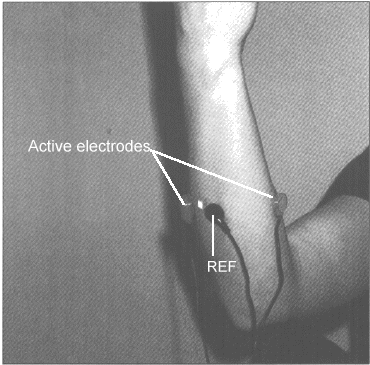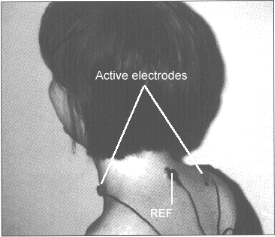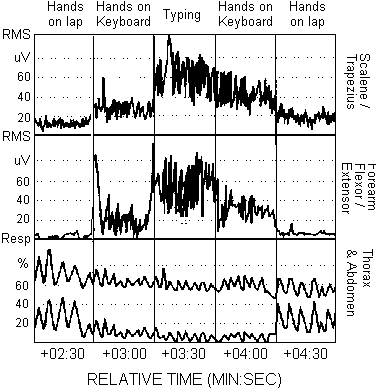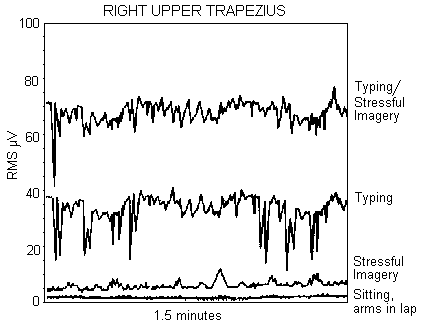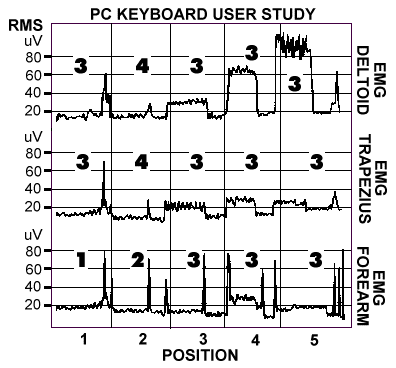Ανατομία του Βρεφικού κρανίου
•1 μετωπιαίο οστό
•2 βρεγματικά οστα
•2 κροταφικα οστα
•2 σφηνοειδη οστα
•1 ινιακό οστό
•Fontanelles
Γιατί όχι πάντα Καισαρική;
ΤΟ ΜΩΡΟ ΠΡΕΠΕΙ ΝΑ ΠΕΡΑΣΕΙ ΑΠΟ ΤΟ ΓΕΝΝΗΤΙΚΟ ΚΑΝΑΛΙ
Με τις πιέσεις :
Βγαίνει υγρό απο τους πνεύμονες
Δημιουργείται πίεση για την πρώτη δυνατή ΑΝΑΣΑ
Διεγείρεται το κεντρικό νευρικό σύστημα και αρχίζει να οργανώνεται
Αλλάζει δραματικά η λειτουργία του κυκλοφορικού
Σταματαει η ομφαλιαία κυκλοφορία (σταματάει να πηγαινει και να έρχεται αίμα απο τον πλακούντα)
Κλεινει ωοειδες τρήμα (τρυπα επικοινωνιας αναμεσα στους καρδιακούς κόλπους)
Οι πνεύμονες φιλτράρουν και οξυγονώνουν το αίμα
Το συκώτι μεταβολίζει
Οι νεφροί φιλτράρουν αιμα
Το γαστρεντερικό σύστημα αρχίζει και απορροφάει θρεπτικά συστατικά
Οι αλλαγές λοιπόν που αναφέραμε πρεπει να γίνουν συστηματικά και με κάποια σειρά και ειναι πολύ απαιτητικές για το νεογέννητο
Οταν η μετάβαση στην εξωμήτρια ζωή ειναι πολύ γρήγορη τότε όλες αυτές οι αλλαγές γίνονται «ανοργάνωτα»
Οι οστεοπαθητικοί θεωρούν αυτές τις απότομες αλλαγές ως ένα σοκ ή μια ενόχληση η οποία «παραμένει» στο νευρικό σύστημα του μωρού.
Θηλασμός
Ο θήλασμός είναι μια διαδικασία που για να γίνει σωστά απαιτεί συγχρονισμό μεταξύ μυών της γλώσσας, του φάρυγγα, του υοειδούς , της εμπρός αυχενικής περιοχής, και του διαφράγματος
Η ηλεκτρομυογραφία δείχνει μεγαλύτερη λειτουργεια στους υπερυοειδείς μυες
Αιτίες που επηρεάζουν το θηλασμο
Οι ικανότητες του μωρού να θηλάσει: δηλαδή να συγχρονισει, το άρπαγμα της θηλής, το ρούφηγμα, την κατάποση και την αναπνόη
Μητρικά προβλήματα: πληγωμένες θηλές, μαστίτιδες, πετρωμενα στήθη, μειωμενη παραγωγή (πολύ σπανιότερο το τελευταίο απο ότι νομιζει ο πολύς κόσμος)
Κοινωνικοί, πολιτισμικοί, προσωπικοί παράγοντες
Η θέση της Οστεοπαθητικής
Πολλοί οστεοπαθητικοί πιστεύουν ότι οι δυσκολίες στο θηλασμό πολύ συχνά οφείλονται σε γενικότερες σωματικές δυσλειτουργίες , επηρεάζουν και αλλες συμπεριφορές του βρέφους (κολικούς ανησυχία, κλπ), και ξεκινούν από μικρότερα ή μεγαλύτερα τραύματα κατά τη γέννα
Άλλοι επικεντρώνονται στη σχέση τραύματος γέννας σε σχέση με τα οστά του κρανίου και την ανώτερη αυχενική σπονδυλική στήλη
Κ.Ι.S.S
Kinematic Imbalances due to Suboccipital Stress (Beidermann H ,Manual Therapy in Children 2004)
To ΚΙSS βασίζεται στην παρατήρηση συγκεκριμένης αναπτυξιακής ακολουθίας, κατα τα αλλα υγειών βρεφών
Χαρακτηρίζεται από μια αλληλουχία συμπτωμάτων: ανήσυχη συμπεριφορά, προβλήματα θηλασμού, κολικό, σε βρέφη ηλικίας μέχρι 2 μηνών.
Υποστηρίζεται ότι η δυσλειτουργία στην ανω αυχενική μοιρα που επηρεάζει την ιδιοδεκτηκότητα (η δυνατότητα που έχει το Κεντρικό Νευρικό Σύστημα να φέρνει σε επαφή και να συντονίζει τα διάφορα τμήματα του σώματος μεταξύ τους), η μειωμενη δυνατότητα να κατευθυνθει το κεφάλι προς το ερέθισμα και η μυική ένταση , ΟΛΑ επηρεάζουν την συμπεριφορά και την ανάπτυξη του βρέφους.
Κολικός
Οι οστεοπαθητικοί υποστηρίζουν ότι μπορεί να οφείλεται και σε ερεθισμό του πνευμονογαστρικού νεύρου το οποίο (βγαίνει απο τη βάση του κρανίου ανάμεσα στο ινιακό και το κροταφικό οστό) εχει πολλαπλες λειτουργίες: Νευρώνει τους μυς του λαρυγγα και του φαρυγγα, τα θωρακικα και κοιλιακα σπλάχνα μέχρι τη σπληνικη καμπή, αίσθηση της γεύσης από την επιγλωττιδα. Εξυπηρετεί την κατάποση και την φώνησης.
Η επίσημη εφημερίδα της αμερικάνικης παιδιατρικής ακαδημίας http://pediatrics.aappublications.org/content/early/2011/03/28/peds.2010-2098.full.pdf αναφέρει ότι η οστεοπαθητική βοηθάει τον βρεφικό κολικό, και προτείνει να γίνουν περισσότερες έρευνες στο θέμα
Τί θα συμβεί όταν θα πάω το παιδί μου στον Οστεοπαθητικό
Στην πρώτη μας επίσκεψη, θα πάρουμε ένα λεπτομερές ιστορικο του παιδιού με πληροφορίες για την εγκυμοσύνη, τη γεννα, την υγεία του παιδιού και των γονέων , την ψυχολογία του παιδιού και των γονέων.
Στη συνέχεια το μωρό θα εξεταστεί προσεκτικά για όλες τις εντάσεις για τις οποίες μιλήσαμε στην παρουσίαση.
Με πολύ απαλές κινήσεις και αγγίγματα ο οστεοπαθητικός θα προσπαθήσει να χαλαρώσει τις εντάσεις και να επαναφέρει την ισορροπία στο σωματάκι του μωρού
Συνήθως μετά από 3-4 θεραπείες ο γονιός θα διαπιστώσει διαφορές και στον θηλασμό αλλά και στη διάθεση του μωρού (μπορεί να χαλαρώνει πιο εύκολα, να μη κλαίει τόσο όσο συνήθως, να κάνει κινήσεις με μεγαλύτερη ευκολία να έχει περισσότερη ενέργεια κ.α)
Μανούλες
Το συχνότερο σύμπτωμα κατά την εγκυμοσύνη και τους αμέσως επόμενους μήνες είναι σαφώς η οσφυαλγία, ωστόσο οι μυϊκοί πόνοι στην πλάτη, τον αυχένα και τους ώμους είναι επίσης αρκετά συχνοί. Ενδιαφέρον στοιχείο είναι ότι γυναίκες που πέρασαν την περίοδο της εγκυμοσύνης χωρίς ιδιαίτερα προβλήματα, μπορεί να παρουσιάσουν πόνους στην πλάτη και τη μέση στο διάστημα της λοχείας αλλά και μετά. Αυτό φαίνεται να έχει πολύ στενή σχέση με τον τρόπο που σηκώνουν και κρατούν το βρέφος τους καθώς και με τη στάση τους κατά το θηλασμό.




